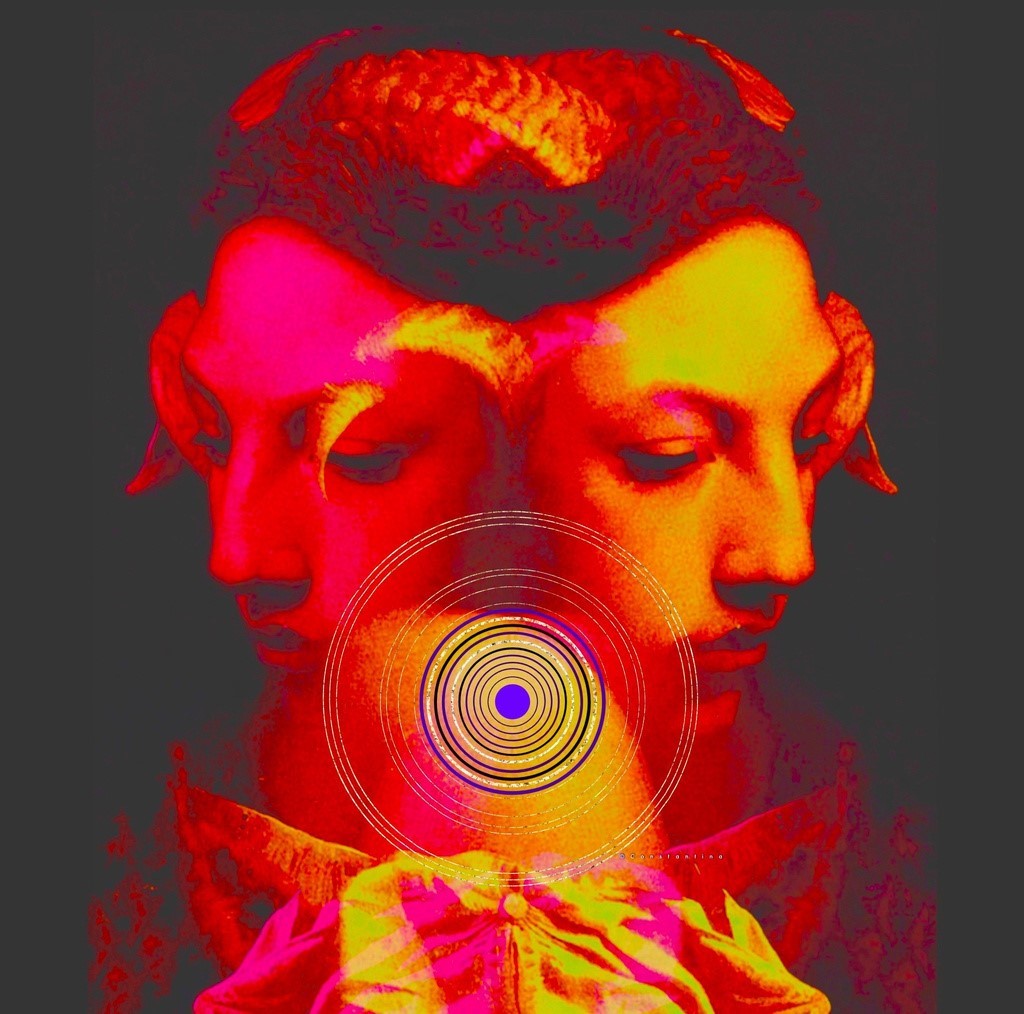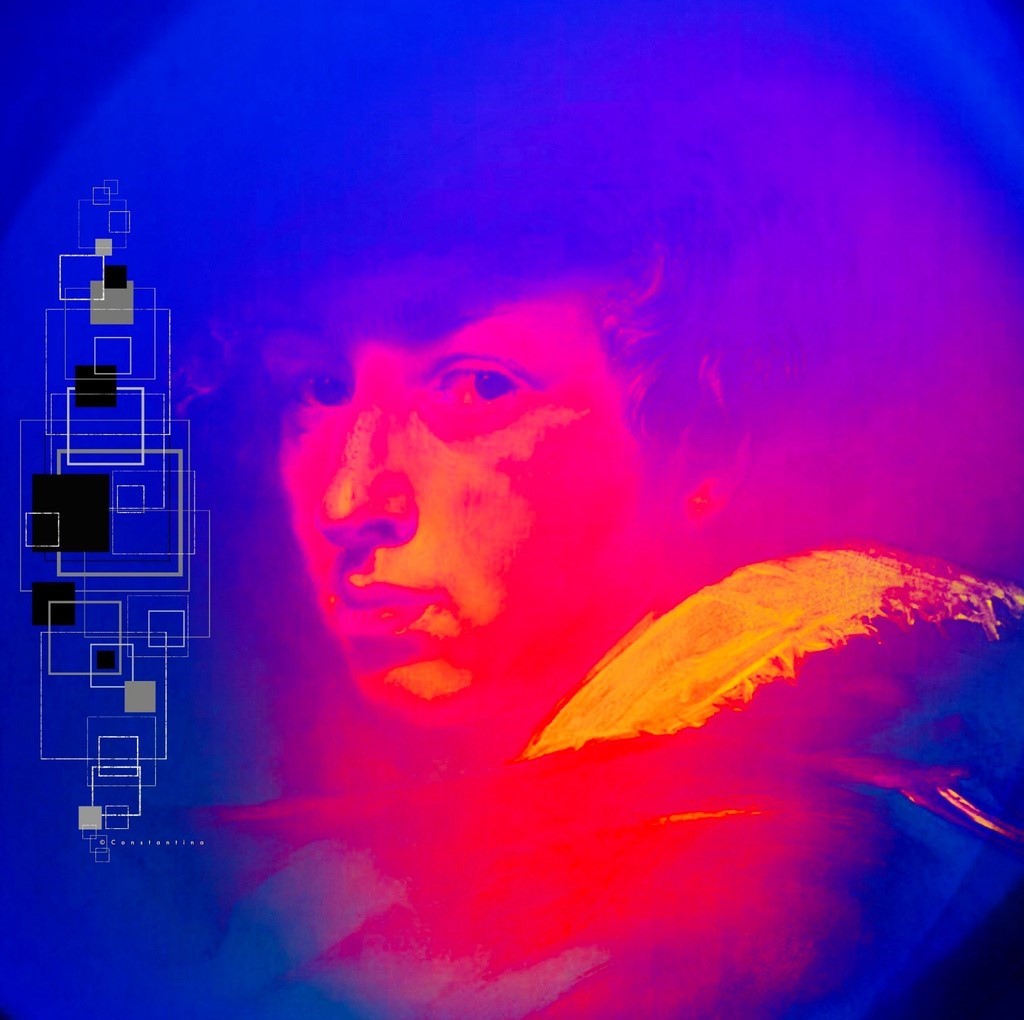“Trust in progress, which is always right, even when it is wrong, because it is movement, life, struggle, hope.” (Filippo Tommaso Marinetti)
Digital art begins to develop around the 50s but only recently has it taken more space in the contemporary art scene thanks to the advent of the new NFTs. The first attempts at computer graphics were very approximate and above all, they were associated with everything that was not written text or a single sound. With the advent of the 90s, computers were able to produce not only vector images and feature films, but three-dimensional images and special effects for the first video games. The best part of digital use is the absence of limitations since you can make any subject and create any colour. The artist Constantina P. Jones is able with her graphic skills to create real hybrid works of art between the classic and the modern. We find a slight trace of pop art culture in the use of fluorescent and contrasting colours, however, the subjects are even more contrasting than the colours! The union of the digital world and the classical world that emerges from the subjects represented is the real turning point that is presented to us by the artist. The spectator feels like in a dream in front of the works and he too becomes part of the “non-reality” that the artist is able to reproduce with the tools at her disposal. In this case, Jones is forced to sacrifice classical art, but the result she has achieved of her will make her immortal beyond the natural crumbling of things.




